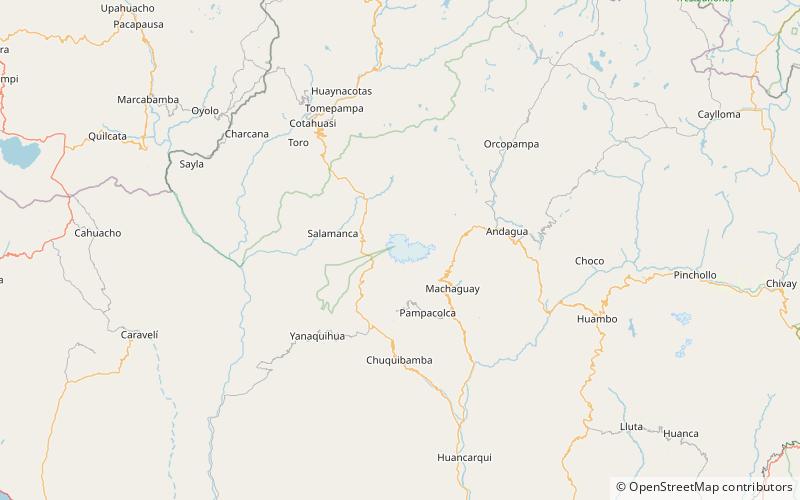Coropuna


Facts and practical information
Coropuna, a colossal giant nestled in the Andean mountain range of southern Peru, reigns as the nation's highest volcano. This remote and majestic ice-capped stratovolcano soars to an impressive altitude of 6,377 meters (20,922 feet) above sea level, making it the third highest peak in Peru. It is part of a volcanic complex that includes several overlapping domes and cones formed by successive eruptions over time.
The volcano's name, Coropuna, is derived from the Quechua language, with "coro" meaning "color" and "puna" referring to the high, cold, and desolate Andean plateaus, aptly describing its colorful and stark landscape. Despite its beauty, Coropuna is not just a natural wonder but also a significant source of water. Its glaciers are critical to the region, serving as a primary water supply for the surrounding communities and agriculture, especially during dry seasons.
However, Coropuna's glaciers are retreating at an alarming rate due to climate change, raising concerns about future water availability and the impact on local ecosystems. This retreat has been the subject of ongoing scientific research, as studies aim to understand the glacial dynamics and predict future changes.
The volcano has a relatively low profile in terms of historical eruptions, with the last known activity occurring around 2,000 years ago. Nevertheless, it is still considered potentially active, and its status is continuously monitored.
For adventurous souls, Coropuna presents a formidable challenge due to its high altitude and harsh weather conditions. It is less frequented by tourists compared to other Peruvian attractions, offering a serene and untouched landscape to those willing to undertake the arduous journey. The ascent, while non-technical, requires acclimatization and proper preparation.
In addition to its geological and hydrological significance, Coropuna holds cultural importance for local communities. It is revered as a sacred mountain, often referred to as "Apu Coropuna," with "Apu" denoting a spirit or deity residing within the mountain in Andean mythology.
Coropuna – popular in the area (distance from the attraction)
Nearby attractions include: Pallarcocha.

